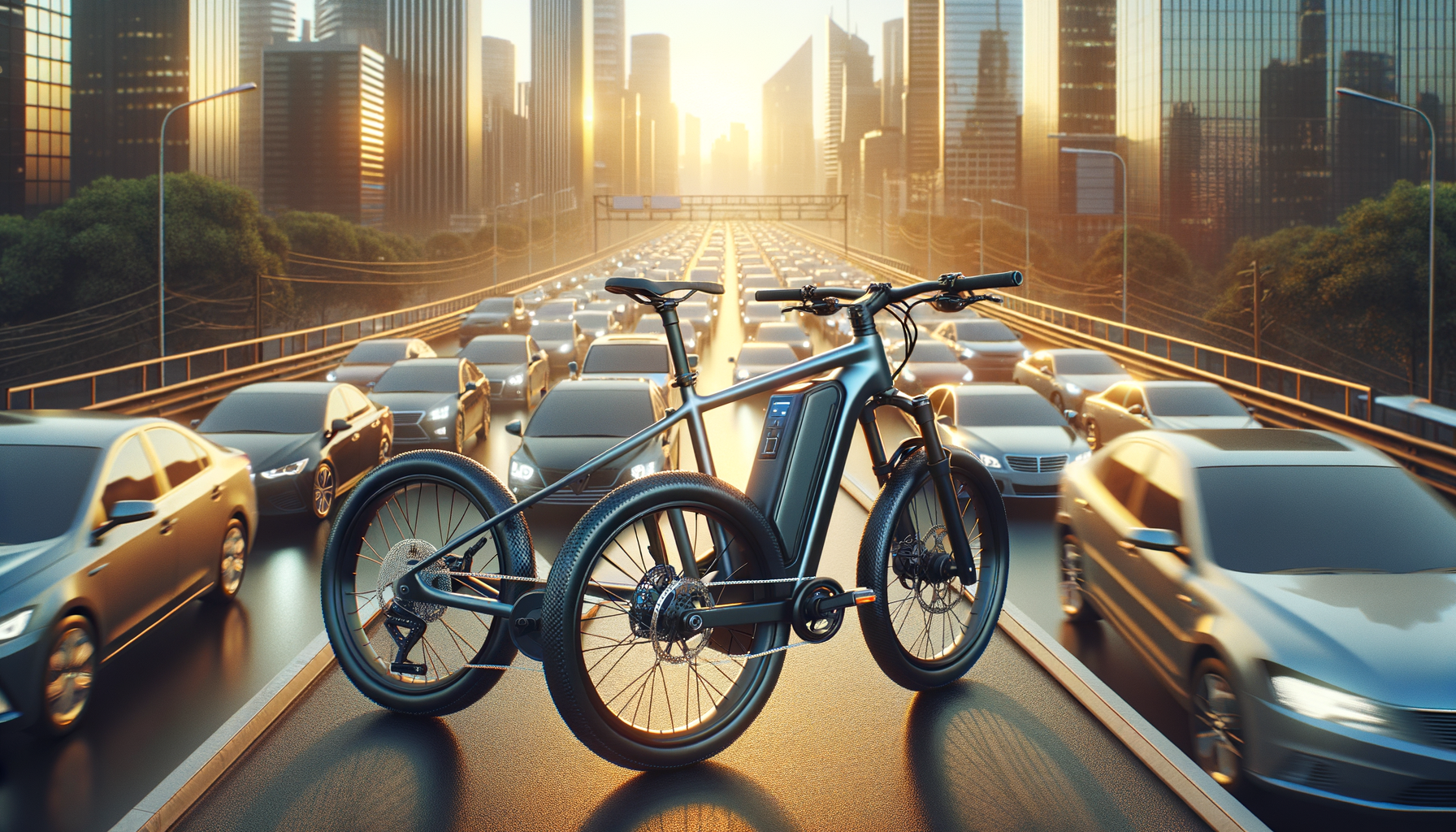The Rise of E-Bikes in Modern Transportation
In recent years, e-bikes have surged in popularity as a viable alternative to traditional modes of transportation. With urban areas becoming increasingly congested, many commuters are seeking ways to navigate city streets efficiently, and e-bikes offer a compelling solution. These electric-powered bicycles provide an environmentally friendly way to travel, reducing the carbon footprint associated with car travel. Moreover, e-bikes are accessible to a wide range of users, from daily commuters to recreational riders, due to their ease of use and adaptability.
Electric bikes, or e-bikes, are equipped with a battery-powered “assist” that comes via pedaling and, in some cases, a throttle. This makes them particularly appealing for individuals who want to enjoy cycling without the intense physical exertion. The assist can help with climbing hills or riding against strong winds, making e-bikes a practical choice for many.
In addition to their convenience, e-bikes are part of a broader movement towards sustainable transportation. As cities strive to reduce emissions and improve air quality, e-bikes present an attractive option for eco-conscious individuals. They not only help in cutting down traffic congestion but also contribute to a healthier lifestyle by encouraging more physical activity compared to car commuting.
Benefits of Choosing an E-Bike
When considering a switch to e-bikes, it’s essential to weigh the numerous benefits they offer. One of the most significant advantages is the potential for cost savings. While the initial investment might seem high compared to traditional bicycles, e-bikes can quickly prove economical. They eliminate the need for fuel, reduce maintenance costs associated with vehicles, and often require fewer repairs than traditional bicycles due to their robust construction.
Another benefit is the flexibility they provide. E-bikes are versatile and can be used for various purposes, from commuting to running errands or enjoying leisurely rides. They are equipped with features that make them suitable for different terrains and weather conditions, which means they can be used year-round, regardless of the climate.
Moreover, e-bikes promote a healthier lifestyle. While they offer pedal assistance, riders still engage in physical activity, which can improve cardiovascular health, increase stamina, and contribute to overall well-being. Additionally, e-bikes can be a great motivator for those who might find traditional cycling challenging, as they provide an opportunity to increase fitness levels gradually.
Choosing the Right E-Bike for Your Needs
With a wide range of e-bike models available, selecting the right one can seem daunting. However, understanding your specific needs and preferences can simplify the decision-making process. First, consider the primary purpose of the e-bike. If you plan to use it for daily commuting, look for models that offer a comfortable ride, reliable battery life, and features like fenders and racks for carrying items.
For those interested in off-road adventures, a mountain e-bike with robust tires and suspension might be more suitable. These bikes are designed to handle rough terrains and provide a smooth ride over uneven surfaces. Alternatively, if you prefer a lightweight option for city rides, folding e-bikes are compact and easy to store, making them ideal for urban environments.
Battery life and charging time are also crucial factors to consider. Ensure that the e-bike you choose can cover the distance you need on a single charge, and check how long it takes to recharge the battery fully. Additionally, consider the motor’s power and whether it aligns with your riding style and the terrain you will be navigating.
Understanding the Cost Factors of E-Bikes
Investing in an e-bike involves understanding the various cost factors that influence the overall price. The initial purchase price can vary significantly based on the type, brand, and features of the e-bike. High-end models with advanced features such as powerful motors, long-lasting batteries, and premium materials will naturally cost more than basic models.
Another aspect to consider is the cost of maintenance and potential repairs. E-bikes generally require less maintenance than traditional bikes, but it is vital to account for the periodic replacement of batteries and other components. Regular servicing can prolong the life of the e-bike and ensure its optimal performance.
Additionally, there might be costs associated with accessories and enhancements, such as helmets, locks, and additional battery packs. While these are optional, they can enhance the riding experience and provide added safety and convenience.
Despite these costs, e-bikes often offer long-term savings by reducing the need for public transportation or car expenses, making them a worthwhile investment for many users.
Tips for Maintaining Your E-Bike
To ensure your e-bike remains in excellent condition, regular maintenance is essential. Start with routine checks of the battery, ensuring it is charged correctly and stored in a cool, dry place when not in use. Keeping the battery clean and free from dirt can also extend its lifespan.
Regularly inspect the tires for wear and tear, and ensure they are inflated to the recommended pressure. This not only guarantees a smooth ride but also helps in maintaining the bike’s efficiency. Lubricating the chain and checking the brakes are other crucial maintenance tasks that should not be overlooked.
It’s also advisable to have your e-bike serviced by a professional at least once a year. A professional can identify issues that might not be apparent during routine checks and ensure that all components are functioning correctly.
By taking care of your e-bike, you can enjoy a reliable and enjoyable riding experience for years to come, making it a sustainable and practical choice for modern commuting.




Leave a Reply